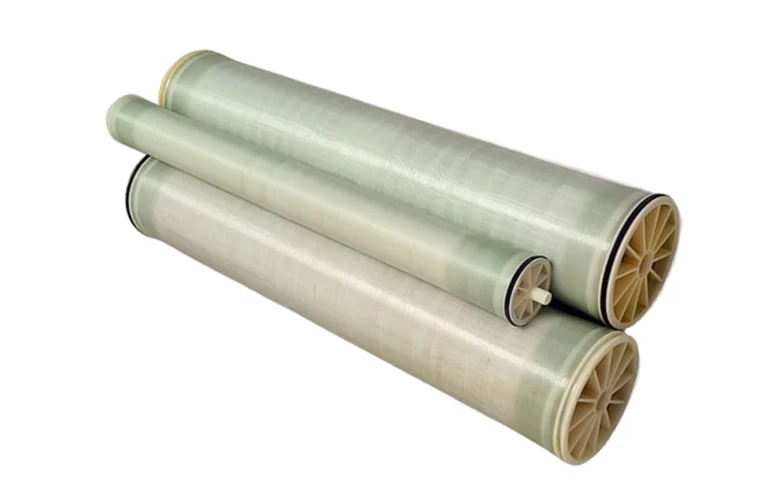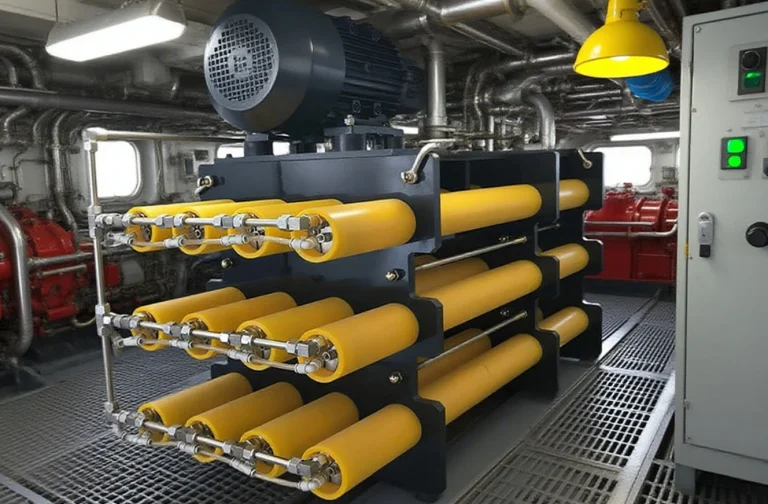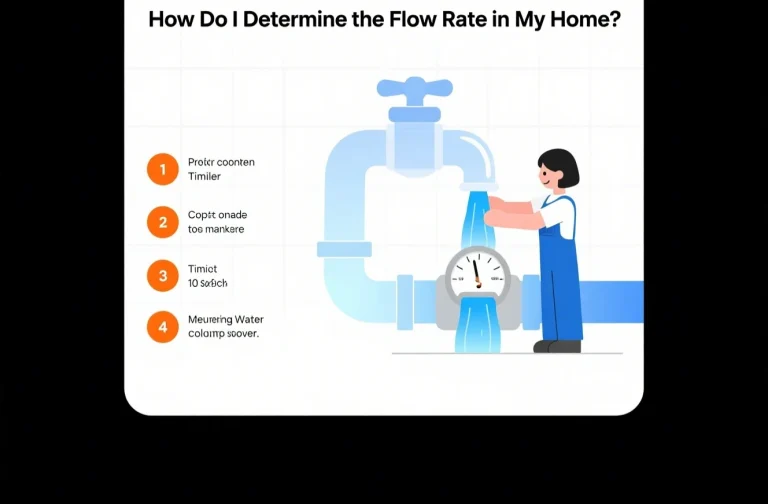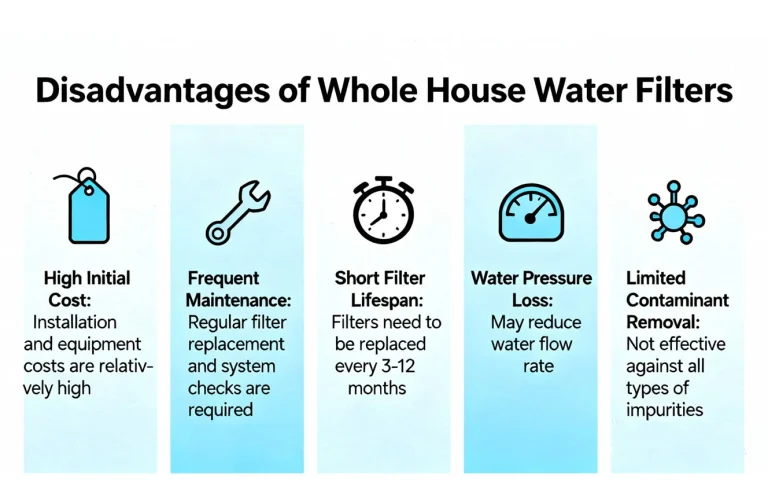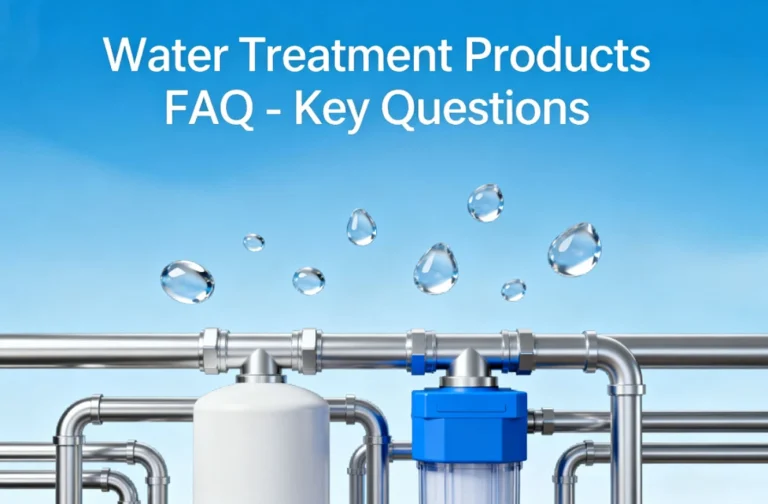BasideWT- Whole Home Water Filtration System & Replacement

The Ultimate Guide to TDS Meters for Drinking Water
In the quest for cleaner, healthier drinking water, you’ve likely come across the term “TDS meter.” These small, affordable devices are popular among homeowners, especially those with reverse osmosis (RO) systems or other water filters. But what exactly does a TDS meter measure, and is it a necessary tool for you?
This comprehensive guide will demystify TDS meters for Drinking Water, helping you understand what they tell you about your drinking water and, just as importantly, what they don’t.
What is TDS?
TDS Meters for Drinking Water
TDS stands for Total Dissolved Solids. It refers to the total concentration of inorganic salts and organic matter dissolved in water. These solids can include:
Minerals: Calcium, magnesium, potassium, sodium (generally beneficial for health and taste).
Salts: Bicarbonates, chlorides, sulfates.
Other elements: In trace amounts, metals like lead, copper, arsenic, etc., can also contribute to TDS.
TDS is measured in parts per million (ppm) or milligrams per liter (mg/L), which are essentially equivalent.
What is a TDS Meter and How Does It Work?
A TDS meter is a handheld digital device that estimates the total dissolved solids in a water sample. It’s important to understand that it does not identify specific contaminants.
Instead, it works by measuring the electrical conductivity of the water. Pure water (like distilled water) is a poor conductor of electricity. When dissolved solids, which are often ions, are present, they allow water to conduct an electrical current. The higher the conductivity, the higher the estimated TDS level.
How to Use a TDS Meter for Drinking Water
Using a TDS meter is simple:
Remove the Cap: Take the protective cap off the meter’s electrodes.
Turn On: Press the “On” button.
Submerge: Dip the end of the meter (the electrodes) into the water sample. Ensure the water covers the sensors completely.
Swirl Gently: Swirl the meter slightly to remove any air bubbles.
Wait for Stability: Hold the meter still and wait for the reading to stabilize (usually 5-10 seconds).
Read the Value: The digital display will show the TDS level in ppm.
Turn Off & Dry: Turn off the meter and dry the electrodes thoroughly before storing.
Pro Tip: Always calibrate your TDS meter periodically using a calibration solution to ensure its accuracy over time.
Interpreting Your TDS Reading: What is a Good Level?
There is no single “perfect” TDS level, as it depends on the source of the minerals. However, general guidelines provided by organizations like the WHO and EPA can help you understand your reading.
| TDS Level (ppm) | Water Quality Assessment | Notes |
|---|---|---|
| 0 – 50 | Very Low | Typical of purified water (RO, distilled). May taste “flat.” |
| 50 – 150 | Excellent/Low | Ideal for drinking. Often found in clean mountain springs or well-filtered water. Good balance of purity and taste. |
| 150 – 250 | Good | Acceptable. Common in many municipal water supplies. |
| 250 – 500 | Fair | The water is hard. Taste may be noticeable. Consider a filter if the level is consistently high. |
| 500 – 1000 | Poor | Not recommended for drinking. High hardness, likely bad taste. Filtration is advised. |
| 1000+ | Unacceptable | Avoid drinking. This indicates very high mineral content or potential contamination. |
Crucial Caveat: A low TDS reading does NOT mean your water is safe. A TDS meter will not detect:
Harmful bacteria and viruses
Pesticides and herbicides
Asbestos
Many other chemical contaminants
A TDS meter only measures the concentration of charged particles. For example, water contaminated with lead or bacteria could still show a deceptively low TDS reading.
Top Uses for a TDS Meter at Home
Despite its limitations, a TDS meter is a valuable tool for specific applications:
Evaluating Water Filter Performance: This is its most common and useful purpose. If you have a Reverse Osmosis (RO) system, you can test the water before (feed water) and after (product water) to check the filter’s rejection rate. A well-functioning RO system should remove 90-95% of TDS.
Monitoring Water Softener Efficiency: Check the hardness of your water before and after it passes through a water softener.
Aquarium and Hydroponics: Many fish and plants are sensitive to specific TDS levels, making a meter essential for enthusiasts.
Checking Bottled Water Quality: Test different brands of bottled water to see if they match their claims.
General Water Quality Trends: While it won’t identify specific pollutants, a sudden, significant spike in your home’s TDS level could indicate a change in your water supply that warrants further investigation.
Do You Need a TDS Meter?
You should consider getting a TDS meter if:
You own or are considering a Reverse Osmosis water filter.
You are serious about monitoring the general mineral content of your water.
You are an aquarium or hydroponics hobbyist.
A TDS meter is less critical if you are solely concerned with broad-spectrum water safety (e.g., bacterial contamination), for which other tests are more appropriate.
Final Verdict
A TDS meter for drinking water is a useful, inexpensive tool for monitoring the mineral content of your water. It is excellent for checking the performance of your water filtration system, particularly RO units. However, it is not a comprehensive water safety test. It should be viewed as one piece of the water quality puzzle, not a definitive measure of purity.
For complete peace of mind, especially if you are on a private well, consider combining a TDS meter with professional water testing that checks for bacteria, heavy metals, and other specific contaminants.


